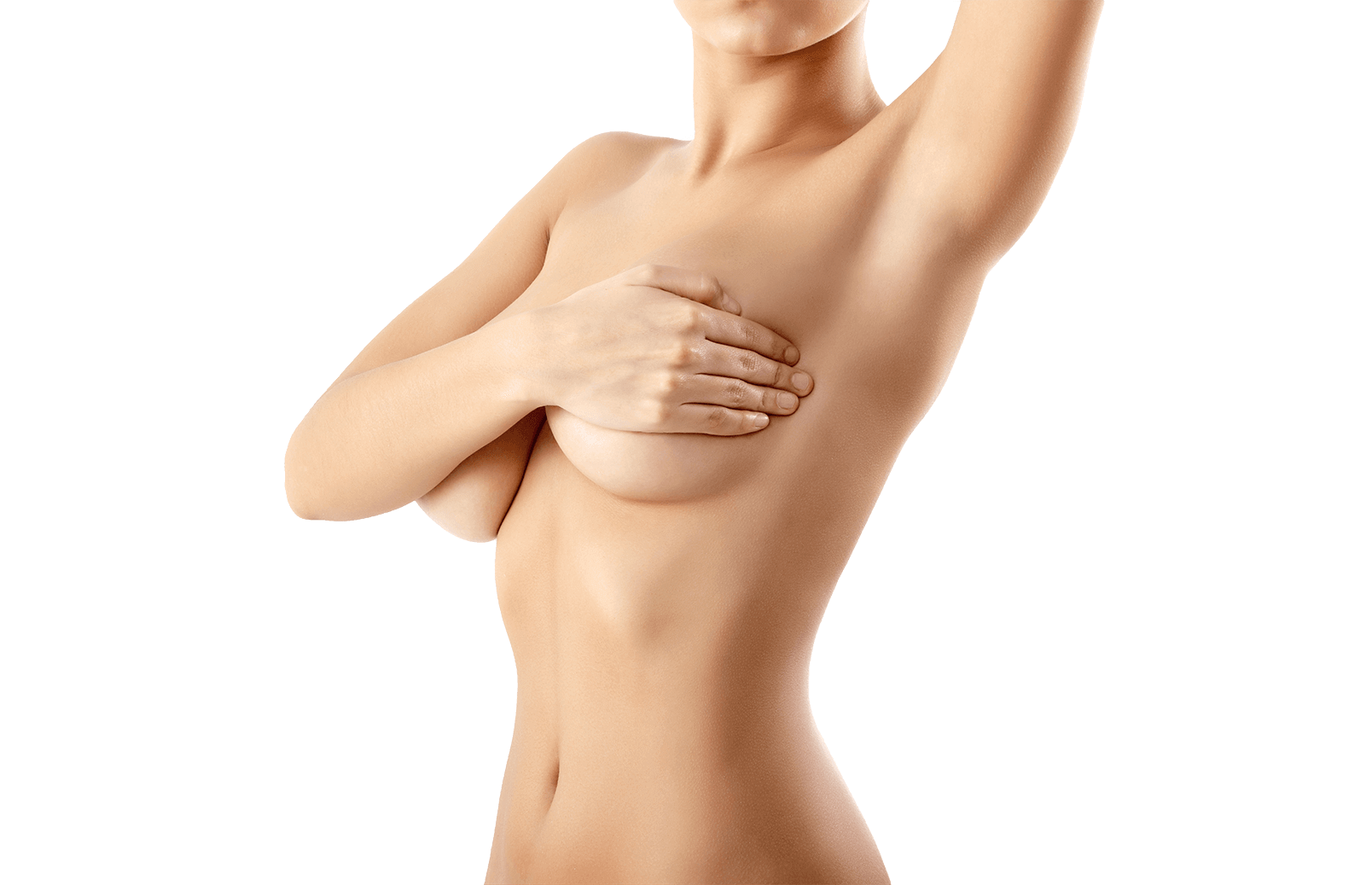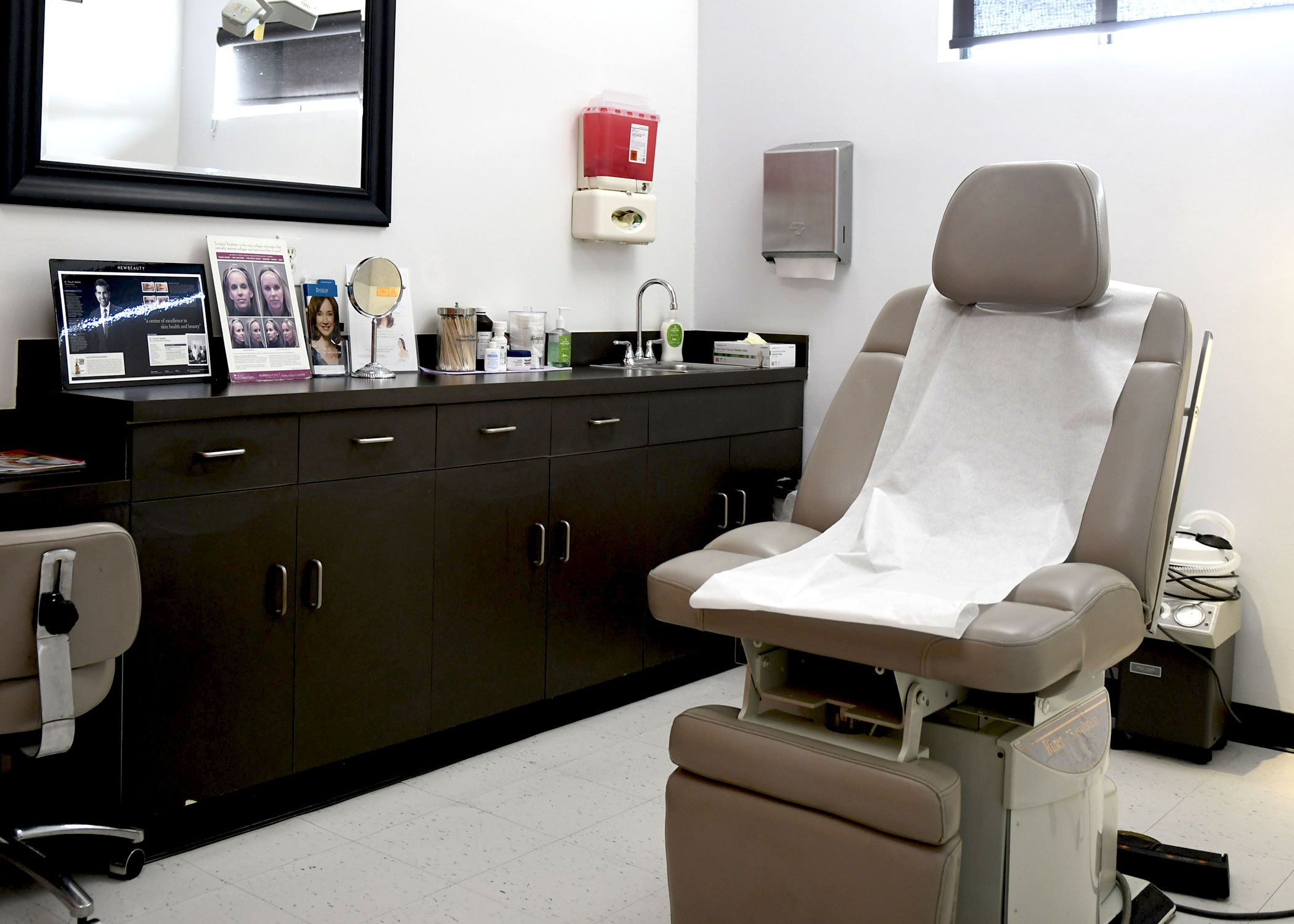Everyone has pores in their skin. Pores allow the skin to release oil from the glands underneath, known as sebaceous glands, keeping the skin hydrated or naturally moisturized. Pores also release sweat, which keeps the skin cool. On some people, pores are barely visible and for others pores are very visible. Enlarged pores can be a bother for people because they have to take extra time and money to care for their skin. They also may feel unattractive, not normal, and unconfident. There are various reason why enlarged pores exist.
Some people have naturally larger pores due to genetics. Other causes are oily skin, age, gender, harsh astringents, dead skin cells, and sun damage. Enlarged pores can lead to skin conditions such as acne, blackheads, whiteheads and more. Pores look bigger when they are clogged. There are various treatments available to help minimize the appearance of enlarged pores.
One such treatment is called Dermasweep. Dermasweep removes dead skin using a dermabrasion machine with specialty bristles and vacuum pressure. The skin is replenished with antioxidants and vitamins during the infusion process, which uses a soft tip appropriate for the skin type being treated. The result is long lasting smoother skin.
Another treatment is microdermabrasion. Microdermabrasion removes the outer most layer of dead skin cells. There are two types of microdermabrasion. The first uses small crystals to buff the skin and the second, known as Diamond tone, uses an abrasive tip to remove the outer most layer of dead skin. No surgery and no chemicals are used and treatment for most patients is done in 5-7 sessions spread over 7-10 days. The result is improved skin elasticity and texture as well as balanced pigmentation.
Laser treatment is also a popular cosmetic method of reducing enlarged pores. Chemical peels can also be used to treat enlarged pores.
Fractional CO2 laser resurfacing is good for treating sun damage, wrinkles and skin texture issues. The procedure uses a laser to remove layers of skin tissue in columns, leaving the skin that was not removed to aid in healing. One treatment results in significant reduction in sun damaged skin, wrinkles, scarring, skin laxity, texture, and tone.
A fourth treatment is a type of prescription topical medication. Topical medications come in the form of creams, ointments, gels, or lotions that are massaged into the skin. In the case of topical medication, there are many in the market, however, the dermatologist will know if the patient needs a strong or mild medication or if surface medication will be helpful at all in improving the patient's skin condition. It is recommended that before a patient use or begin any type of skin treatment, that they consult with a dermatologist first to review the best treatment for their current skin condition.


